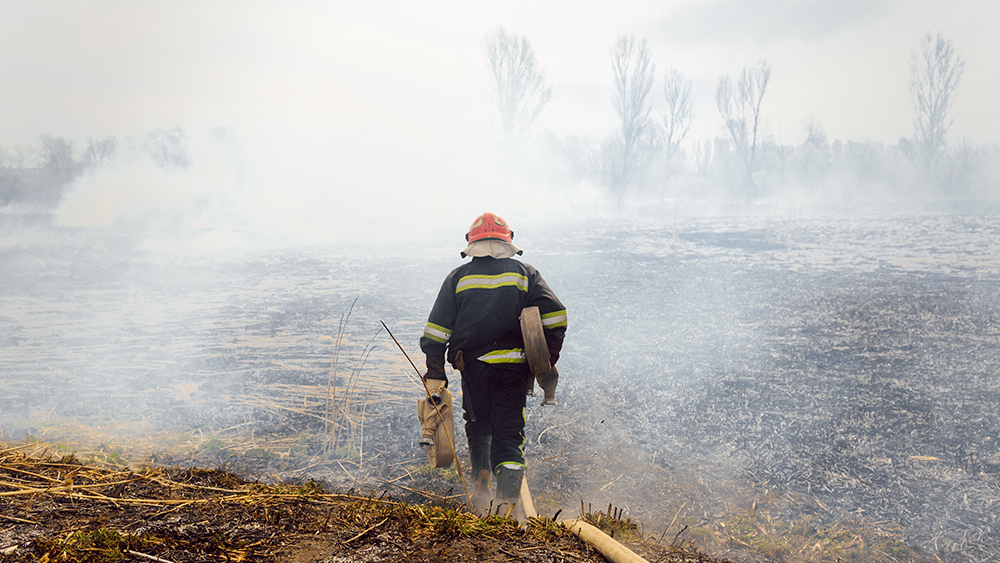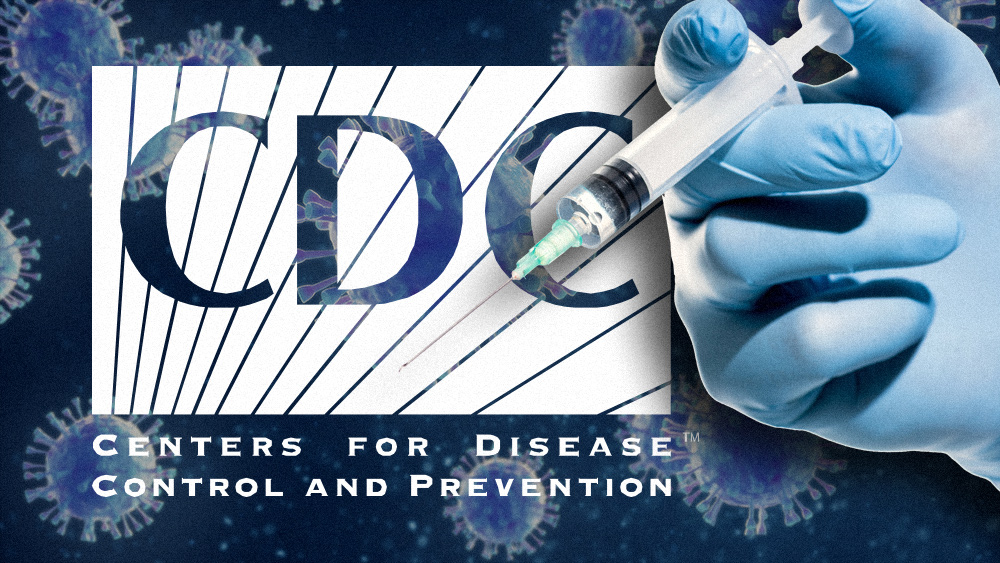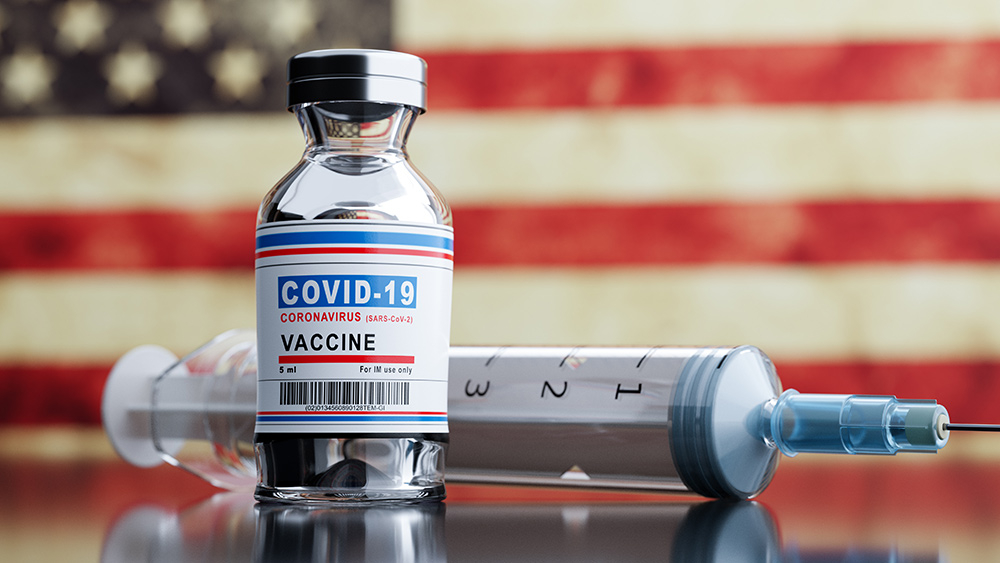Study reveals hidden hazards of HERBICIDE FIRES
05/23/2025 / By Lance D Johnson

The next time you reach for that bottle of weed killer, consider this: If it catches fire, it could release a deadly cocktail of carcinogens, nerve toxins, and suffocating gases. A groundbreaking study published in Science of The Total Environment reveals that common herbicides — particularly those containing 2,4-D — pose severe fire hazards, spewing hazardous chemicals far beyond what regulators have warned. The research exposes a chilling reality: the very products marketed to protect crops and lawns could be silently poisoning the air, soil, and water when ignited, threatening firefighters, nearby residents, and ecosystems.
Key points:
- 2,4-D-based herbicides ignite like gasoline, with heat release rates rivaling diesel fuel and automotive oil.
- Glyphosate products, while less flammable, still emit toxic gases when exposed to heat, including hydrogen cyanide and ammonia.
- “Inert” ingredients — often undisclosed — dramatically increase flammability and generate deadly byproducts like benzene, chlorophenols, and polycyclic aromatic hydrocarbons (PAHs).
- Firefighters and first responders face extreme risks, with combustion byproducts exceeding safety thresholds by thousands of times.
- Historical pesticide fires (Basel, Arkansas, Bayer CropScience) prove these disasters are not hypothetical — they’re a recurring threat.
The flammability crisis: Herbicides burning like fuel
The study tested four commercial herbicides, including glyphosate and 2,4-D formulations, under controlled combustion conditions. The results were alarming: 2,4-D-based products ignited almost instantly, with heat release rates soaring to 932–976 kW/m² — comparable to heptane and diesel fuel. Even glyphosate-based herbicides, which didn’t ignite in initial tests, released toxic fumes when heated, including hydrogen cyanide (HCN), a lethal asphyxiant used in chemical warfare.
Dr. Anna Stec, a co-author of the study, warned: “These products are not just plant killers — they’re chemical time bombs. When they burn, they release gases that can overwhelm emergency responders and linger in the environment for years.”
The inert ingredient deception
Regulators often dismiss “inert” ingredients as harmless additives, but the study proves otherwise. These undisclosed chemicals—frequently alcohols, surfactants, and natural oils—radically alter flammability. For example:
- Tall oil fatty acids (found in glyphosate formulas) boosted combustion.
- Chlorinated compounds in 2,4-D produced dioxin-like chlorophenols, linked to cancer and hormone disruption.
“The industry claims these additives are inert, but in a fire, they become accelerants and toxin factories,” said Brian Tokar, an environmental policy researcher. “This is corporate negligence disguised as trade secrecy.”
Additionally, the study references past pesticide fires with catastrophic consequences:
- 1986 Basel Fire (Switzerland): A Sandoz warehouse blaze dumped 30 tons of pesticides into the Rhine River, causing mass fish die-offs.
- 2008 Bayer CropScience Explosion (Virginia): A blast released methyl isocyanate — the same gas behind the Bhopal disaster—killing two workers.
Despite these tragedies, fire safety regulations for pesticide storage remain lax. The EPA’s hazard assessments ignore combustion risks, focusing only on direct exposure.
Firefighters adversely affected on the front lines
Firefighters battling pesticide blazes face double the risk of cancer, cardiovascular disease, and respiratory failure. The study detected:
- Benzene at 610,000 ppb (6,000 times above safe limits).
- Formaldehyde and hydrogen chloride at levels causing immediate lung damage.
“We’re sent into these fires with no real data on what’s burning,” said a retired NYC fire captain who responded to chemical fires. “They tell us it’s ‘just weed killer’—then we end up with leukemia.”
The study’s authors urge a shift to organic land management, which eliminates synthetic herbicides. Beyond Pesticides advocates for policies like the Protect America’s Children from Toxic Pesticides Act (PACTPA), which would ban 2,4-D and other high-risk chemicals.
“We’re playing Russian roulette with these poisons,” said Jay Feldman, executive director of Beyond Pesticides. “The only safe alternative is organic—for our health, our firefighters, and our planet.
For the latest on the most serious toxins that are harming our health, check out Chemicals.News.
Sources include:
Submit a correction >>
Tagged Under:
2 4-D, agriculture, benzene, carcinogens, chemical safety, chlorophenols, corporate negligence, environmental health, EPA, firefighters, glyphosate, herbicides, hydrogen cyanide, organic farming, PAHs, pesticide fires, Public Health, regulatory failure, research, soil contamination, toxic chemicals
This article may contain statements that reflect the opinion of the author





















